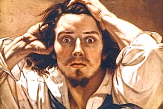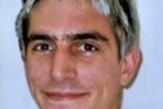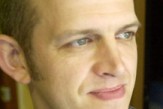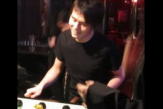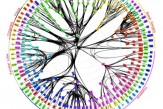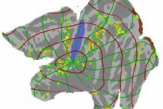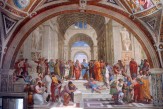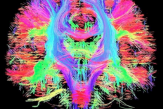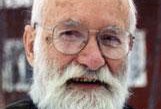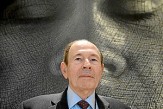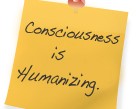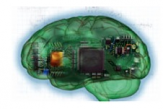Of Two Minds
 Darwin’s theory of natural selection is what guided his groundbreaking research on antibody structures, and it is what underlies his theory of neuronal group selection in his work on consciousness. “I wanted to bring Darwin’s selectional process to neurons,” he says.
Darwin’s theory of natural selection is what guided his groundbreaking research on antibody structures, and it is what underlies his theory of neuronal group selection in his work on consciousness. “I wanted to bring Darwin’s selectional process to neurons,” he says.
Gerald Edelman’s many books on consciousness explore the various ways that neuronal circuits get established. In the developmental stage of the brain, some neuronal assemblies, or maps, are formed according to genetic rules. Experience then reinforces or weakens these assemblies—or gives rise to new ones—according to how efficiently they respond to signals from the world or the body. The last process, re-entry, is the most difficult to explain, Edelman says, but it is also the most important, since it integrates the activities of various assemblies through what he calls “ongoing parallel signaling between separate brain maps along massively parallel anatomical connections.” The binding together of the neuronal activities of maps associated with, say, the perception of an object and those associated with, say, memory, yields an integrated yet highly differentiated experience: a “scene” of primary consciousness that researchers call a quale.
“We evolved structures that invented language,” he says. Yet once humans acquired syntax, Edelman adds, “all bets are off.” Biology, he seems to suggest, can take us only so far in understanding the symbol-using mind. “It’s not totally reductive,” he says. At the same time, among the work being done by the some 36 researchers in Edelman’s institute is an ongoing effort to build brain-based devices that perform a task—picking up or avoiding different kinds of objects—not according to an elaborately prescriptive program but by learning from experience, altering, creating, strengthening, and sometimes replacing the synthetic “neural” pathways within its program through success or failure at picking up the right kind of blocks. “Brain-based devices will happen if consciousness is a physical, natural process,” Edelman says, clearly implying that it is at least a possibility.
(Excerpted from Jay Tolson’s article: Is There Room for the Soul? New challenges to our most cherished beliefs about the human spirit. Originally published by U.S. News & World Report, October 23, 2006)


